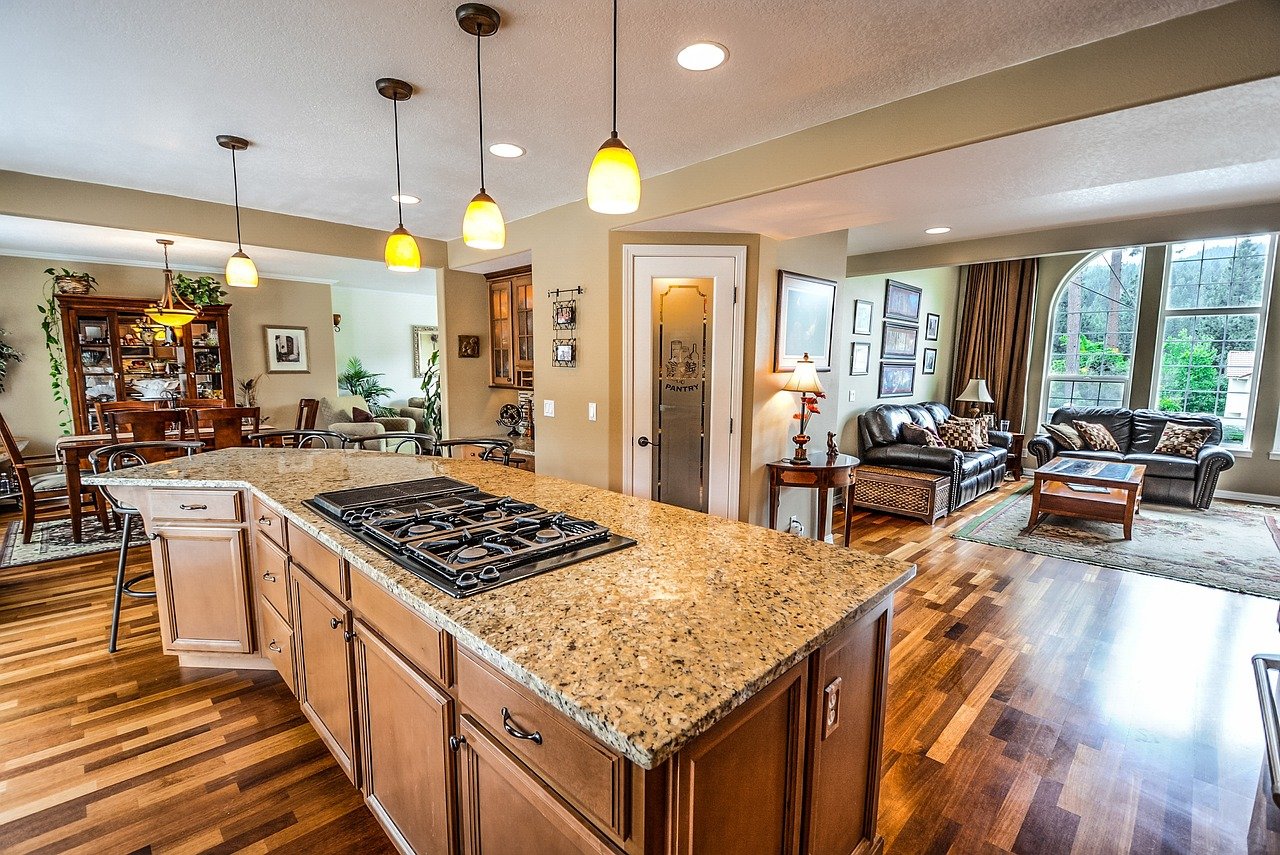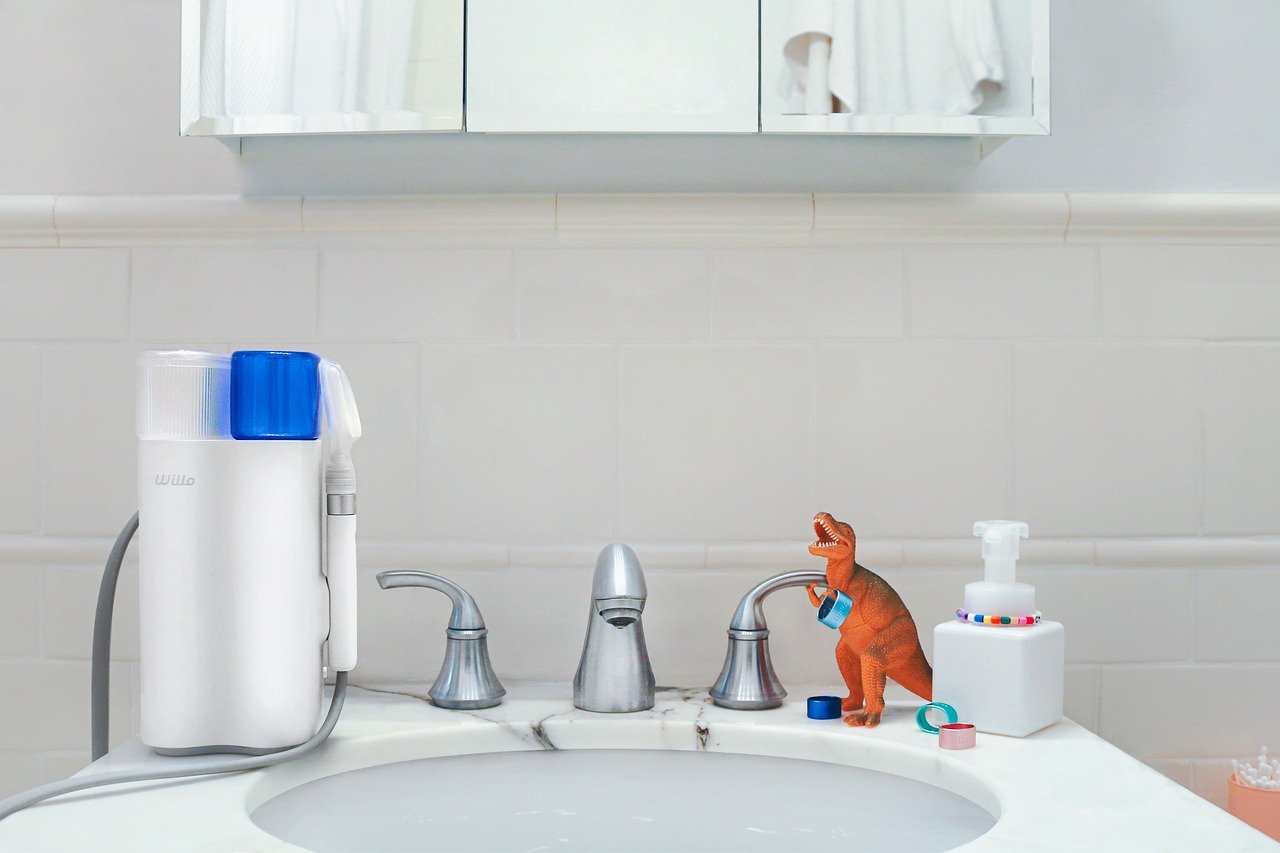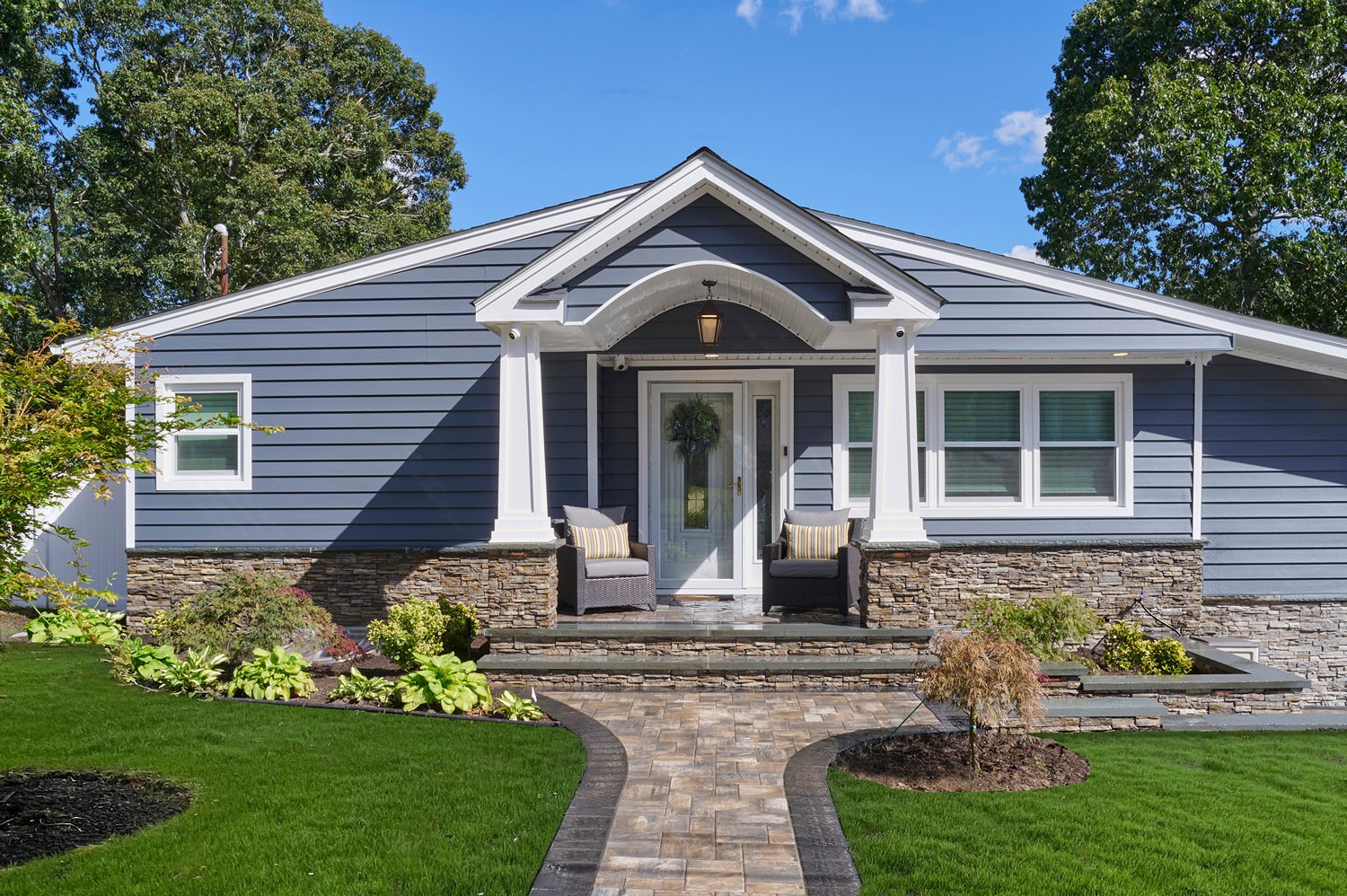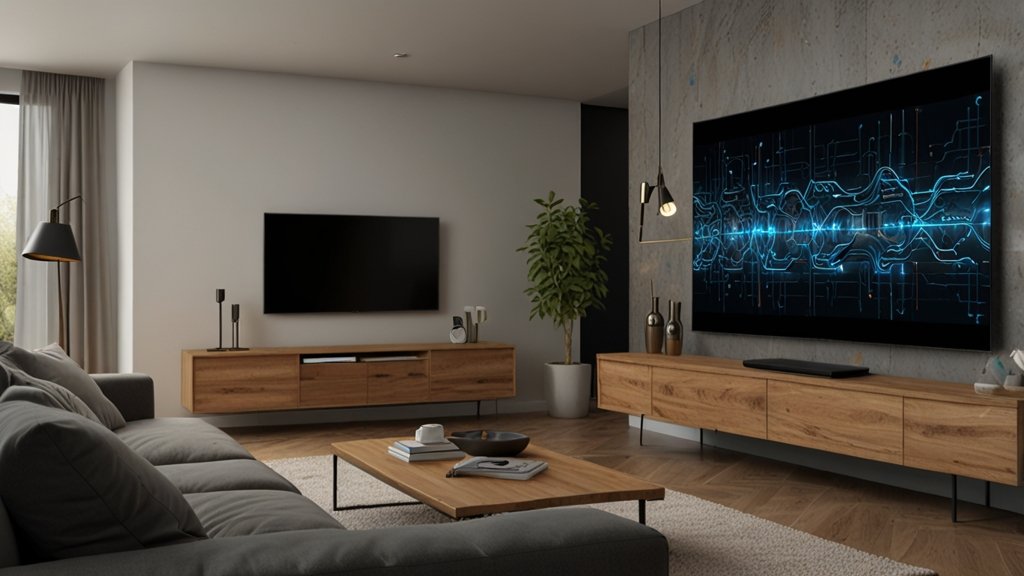Designing an accessible home doesn’t mean sacrificing style. This guide explores practical, stylish ways to create a space that is functional, inclusive, and beautiful, ensuring comfort for everyone.
Why Accessibility Matters in Home Design
An accessible home creates freedom—for those who live in it and for those who visit. Whether you’re assisting an elderly parent, hosting friends with disabilities, or preparing for your own long-term needs, accessible homes empower mobility and safety while fostering inclusivity.
And the best part? Contemporary design innovations mean you don’t need to choose form over function. Accessibility features can now blend seamlessly into modern, timeless, or even rustic decor styles.
Prioritize Entryways and Pathways
1. Install Step-Free Entrances
Step-free entrances are a must for accessibility. Ramps, for example, offer function without compromising style when made with materials such as poured concrete, composite decking, or wood that complements your home’s exterior. Add railings in finishes like matte black or brushed nickel for a sleek look.
Pro Tip: Use landscaping to enhance the ramp’s appearance by placing potted plants or gardening elements on either side for a softer, more inviting feel.
2. Widen Doorways and Hallways
Standard door and hallway widths may be inadequate for wheelchairs or walkers. Consider widening them to at least 36 inches. For added accessibility, affordable home elevators like those in Las Vegas, NV, can be a great solution for navigating multiple floors. For a modern touch, pocket doors (which slide into the wall) or barn doors can save space and add architectural interest.
Reimagine Flooring Choices
3. Non-Slip Flooring That’s Stylish
Falls are a major concern for those with mobility challenges. Non-slip flooring materials such as matte-finished tiles, cork, or textured vinyl can enhance safety. Choose designs that mimic wood or natural stone to add character to your space.
Avoid area rugs in high-traffic areas as they can be tripping hazards. If you love the look of rugs, opt for low-pile carpets secured with non-slip backing.
Smart Bathrooms for Accessibility and Elegance
4. Curbless Showers
Curbless (or walk-in) showers are a sleek addition to any bathroom. They create a seamless look while remaining practical for individuals with limited mobility. Pair them with linear drains and large-format tiles for an on-trend, minimalist appearance.
Enhance with Style:
- Use hand-held showerheads in brass or chrome to add a luxe finish.
- Add recessed shelving instead of wall-mounted caddies for a clutter-free look.
5. Grab Bars That Double as Decor
Forget sterile, hospital-like grab bars. Today’s options come in stylish finishes like brushed gold, matte black, or polished nickel. Choose sleek, contour designs that complement your bathroom’s style while offering the support people need.
Functional Yet Fashionable Kitchens
6. Easy-Access Cabinets and Pull-Out Shelving
Lower cabinets or pull-out shelves can make kitchen storage accessible to everyone. Opt for soft-close mechanisms to ensure smooth and quiet usability. Additionally, choose cabinet hardware that’s simple to grip, such as long, linear handles.
7. Adjustable-Height Counters
Adjustable-height counters are ideal for wheelchair users or those who prefer to sit while prepping meals. When not needed, they blend seamlessly into your kitchen design. Pair them with contrasting backsplash tiles for added visual depth and a polished look.
Layer Lighting for Visibility
8. Optimize Natural and Artificial Lighting
Good lighting is essential for accessibility, especially for individuals with vision impairments. Large windows with sheer curtains or blinds allow natural light to flood the room. Pair this with layered artificial lighting, including wall sconces or pendant lights.
9. Smart Lighting Solutions
Smart lighting systems, activated by voice commands or smartphone apps, offer hands-free usability. Dimmable LED options with warm light hues keep the ambiance cozy while meeting functional needs.
Add Accessible Furniture and Décor
10. Choose Multi-Functional, Comfortable Furniture
Furniture should serve all purposes. For example:
- Opt for sofas with firm cushions and armrests for easier transitions between sitting and standing.
- Invest in ottomans or coffee tables with rounded edges to prevent accidental bumps and bruises.
11. Lever-Style Door Handles
Replace round door knobs with lever-style handles for an elegant yet accessible alternative that’s easier to grip. Match these finishes with your home décor for a cohesive design.
Conclusion
Creating an accessible home doesn’t mean sacrificing style. Thoughtful choices like non-slip flooring, step-free entrances, and versatile furniture can make your space inclusive and beautiful. Start small, assess your needs, and gradually make changes to balance functionality with aesthetics.
YOU MAY ALSO LIKE: Your Home’s Armor: Why Family Siding’s James Hardie Expertise Isn’t Just Another Facelift










